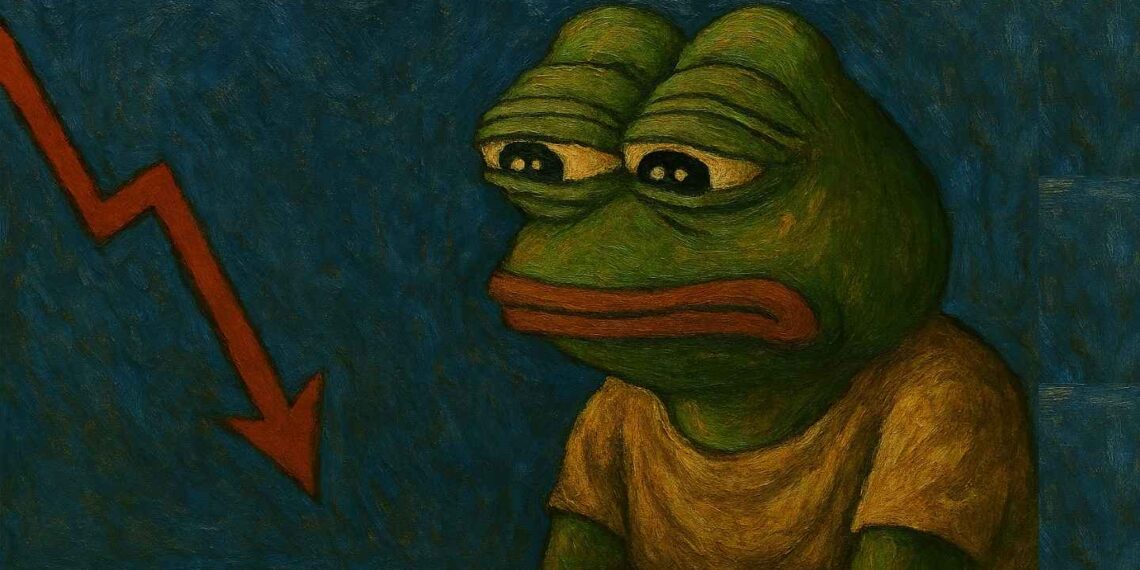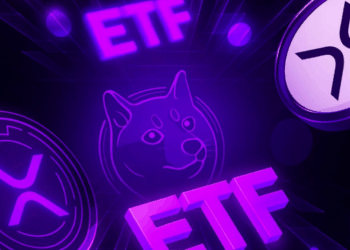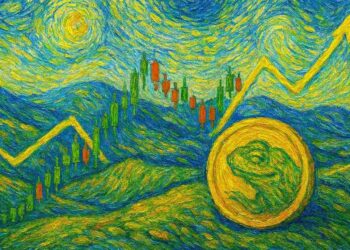Pepe Coin has dropped 24.2 percent over the past 24 hours, mirroring the broader downturn across crypto markets. The decline follows Bitcoin’s recent correction and waning interest in speculative memecoins. Despite the sharp pullback, PEPE’s current position near a historically strong demand zone is attracting renewed attention. This same region previously triggered a 123 percent rally earlier this year.
Price Action Near Key Support Zone
At the time of writing, Pepe Coin is trading at $0.00000706, showing signs of a modest intraday recovery after falling below a wedge formation. Technical charts highlight a retest of the green demand zone between $0.0000060 and $0.0000075, which has historically drawn strong buying interest during market corrections. Resistance remains overhead at $0.0000104 and $0.0000129, levels that must be cleared to confirm a bullish reversal.
Whale Activity Signals Growing Confidence
On-chain data from Lookonchain reveals that a major investor recently acquired over 600 billion PEPE tokens worth approximately $4.97 million. The wallet still holds around $1 million in USDC, suggesting room for further accumulation. This type of buying often occurs during peak market fear, hinting at contrarian optimism and potential for a mid-term rebound.
Accumulation Strategy Gains Traction
The current correction places PEPE at a pivotal level within its strongest historical support zone. Whale inflows near $5 million suggest that selling pressure may be easing. However, a decisive move above $0.0000104 is needed to confirm bullish momentum. Until then, gradual accumulation in this zone may appeal to investors anticipating a recovery.
Frequently Asked Questions (FAQs)
- What triggered the recent PEPE price drop?
The decline was driven by Bitcoin’s correction and reduced speculative interest in memecoins.
- Why is the $0.0000060 to $0.0000075 zone important?
This zone has historically attracted strong buying and previously sparked a 123 percent rally.
- Is whale buying a bullish signal?
Large purchases during market fear often indicate confidence and potential for a rebound.










